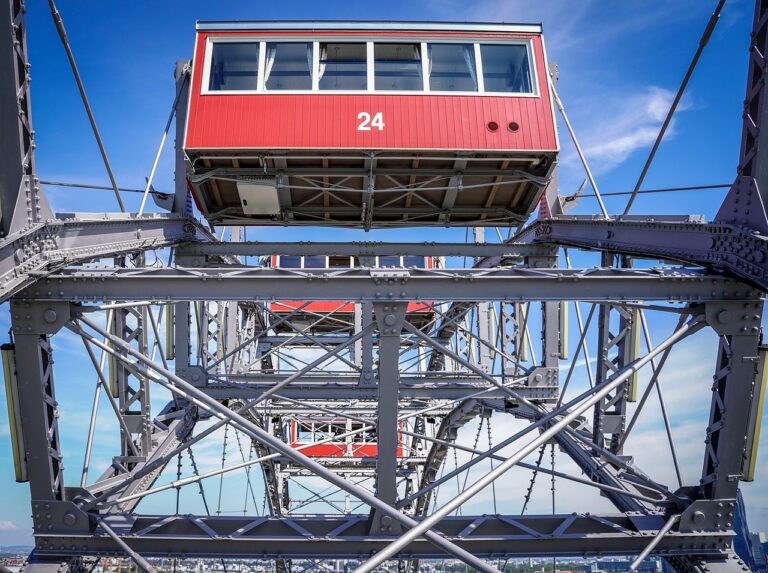Diversity in Animation: Breaking Barriers and Embracing Voices
The quest for diverse representation in mainstream animation continues to be a pressing issue in the industry. While progress has been made in recent years, there are still significant challenges that hinder the full spectrum of voices and experiences from being authentically portrayed on screen. The need for more inclusive storytelling that reflects the rich tapestry of society remains a pivotal goal for animation creators and enthusiasts alike.
Despite the growing awareness and demand for diversity in animation, the presence of deeply ingrained biases and systemic barriers often inhibits the emergence of marginalized voices. Stereotypes and tropes still persist in many mainstream animated works, perpetuating harmful narratives and limiting the opportunities for underrepresented groups to see themselves authentically depicted. As the industry grapples with these complex issues, the push for equal representation and inclusion remains a crucial focal point for those advocating for a more inclusive and progressive future in mainstream animation.
Challenges Faced by Diverse Voices in the Industry
The animation industry has been historically dominated by a narrow demographic, leading to limited representation and opportunities for diverse voices to thrive. This lack of diversity not only restricts the variety of perspectives and stories being told but also perpetuates stereotypes and reinforces the status quo. As a result, marginalized groups face numerous obstacles when trying to break into the mainstream animation scene, hindering the industry’s potential for innovation and inclusivity.
One of the primary challenges faced by diverse voices in the industry is the prevalence of unconscious bias and discrimination in hiring practices. Many talented artists and creators from underrepresented groups struggle to gain recognition and secure employment opportunities due to systemic barriers that prioritize more privileged individuals. This perpetuates a cycle of exclusion and limits the diversity of storytelling in mainstream animation, ultimately depriving audiences of the richness and authenticity that diverse voices can bring to the table.
Why is representation in mainstream animation important?
Representation in mainstream animation is important because it allows diverse voices to be heard and provides a more accurate reflection of society.
What are some of the challenges faced by diverse voices in the animation industry?
Some of the challenges faced by diverse voices in the animation industry include lack of opportunities, stereotypes, and unconscious bias.
How can the industry work towards better representation of diverse voices?
The industry can work towards better representation of diverse voices by actively seeking out and promoting diverse talent, creating inclusive work environments, and challenging stereotypes in storytelling.
How can individuals support diverse voices in the industry?
Individuals can support diverse voices in the industry by consuming and promoting diverse content, advocating for diversity and inclusion in the workplace, and amplifying the voices of underrepresented creators.





